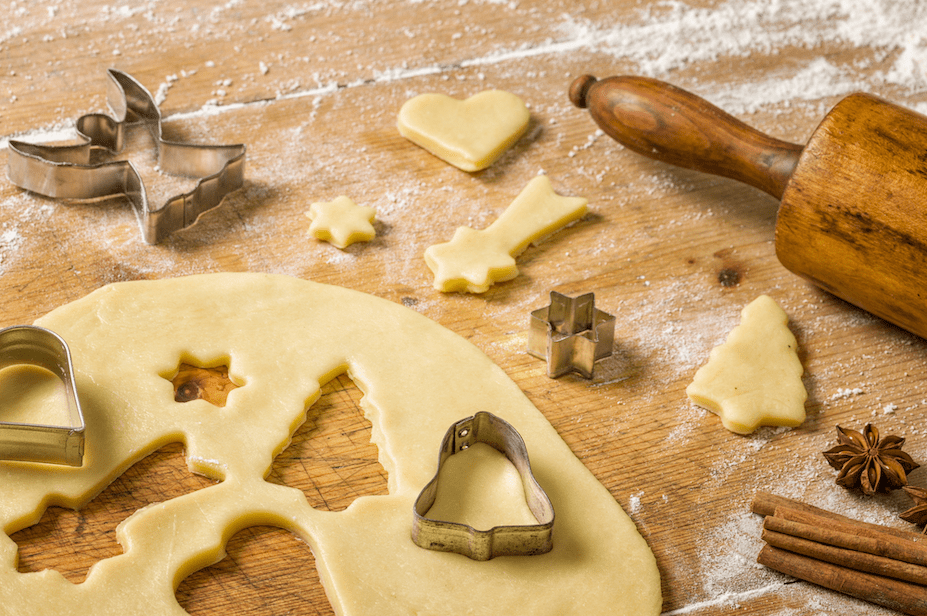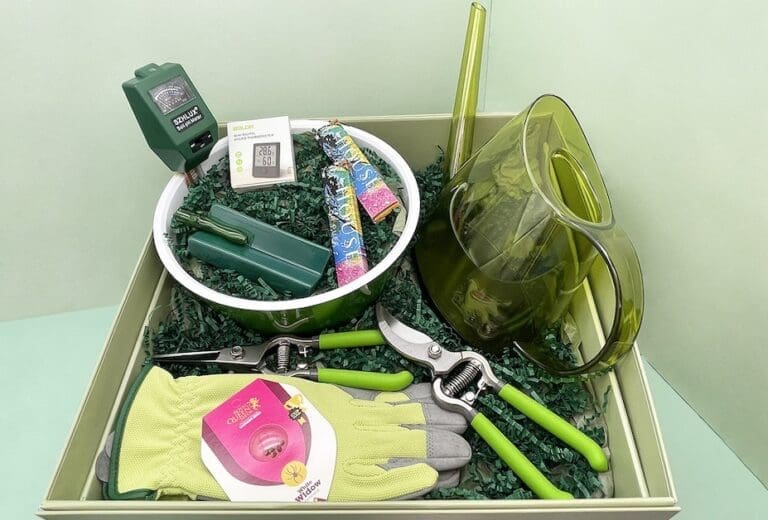Edibles Made Easy With Our Amazingly Simple Interactive Edibles Calculator
- The hardest part of homemade edibles is getting the dosing right. But, making your own edibles is a piece of cake with our interactive edibles calculator.
- Our edibles calculator does all the math for you so you can make perfectly dosed edibles every single time.
- Want to get started making your own edibles? Keep reading to learn how to get more out of your edibles.
- 6-minute read
Our Automatic Edibles Calculators
Automatic Edibles Calculator for Homemade Cannabis Butter
A Handy, Dandy Edibles Calculator
If you’ve never accidentally gotten too high after eating a friend’s homemade cannabis brownies, consider yourself lucky. The rest of us, however, can sleep easily knowing we’ll never have to worry about that again. Thanks to our new interactive edibles calculator, it just got a whole lot easier to make edibles on your own. Just plug in a few key numbers above, and let us do the rest. Your elementary school teachers were wrong. You actually will always have a calculator in your pocket.
Before Using an Edibles Calculator
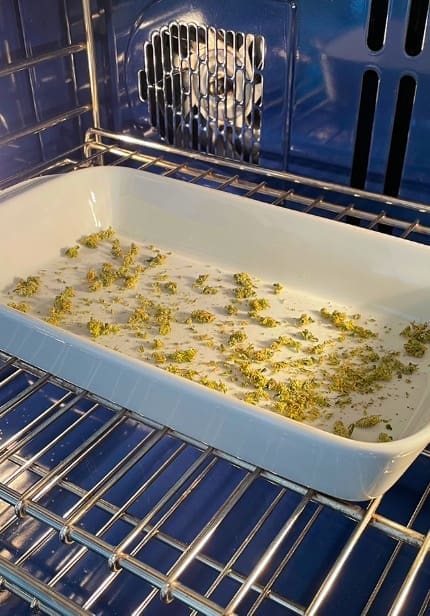
We should go over some of the basics of making edibles. First, you’ll have to decide how you plan to infuse your treat. Your calculations will differ depending on whether you’re using homemade cannabis butter, homemade cannabis oil, or store-bought cannabis oil. But if you want to make your own, check out our post on how to make cannabis butter or oil in a few simple steps.
Let’s Turn Up the Heat
To infuse your own cannabis butter or oil, don’t forget to decarboxylate—or decarb—your flower. Decarbing your flower means heating it at a specific temperature to activate its cannabinoids, like THC. This is the step that ensures your edibles will definitely get you high. Without it, your edibles might not pack the punch you’re looking for. To decarb your cannabis, preheat your oven to 220° F (104° C). While the oven heats up, grind your flower and spread it onto a baking sheet. Pro tip: cut your flower up (instead of grinding it) to make your infusion taste better. For how and why, check out our post on grinding cannabis. Here’s a clue—your edibles will taste exponentially better if you reduce how much chlorophyll gets in them.
Our Fave Strains for Edibles
When choosing which strain of cannabis to infuse into your edibles, you have an endless array of options. Luckily, our edibles calculator works with any of them. Our go-to is the widely available Blue Dream, a delightful hybrid of Blueberry and Haze with sweet berry and earthy aromas. But choose your strain based on the desired effect you want to feel. Will you be taking this edible at a party with friends? Or are you taking it before bed to get a good night’s sleep? Take a look through our strain guide to find what’s best for you.
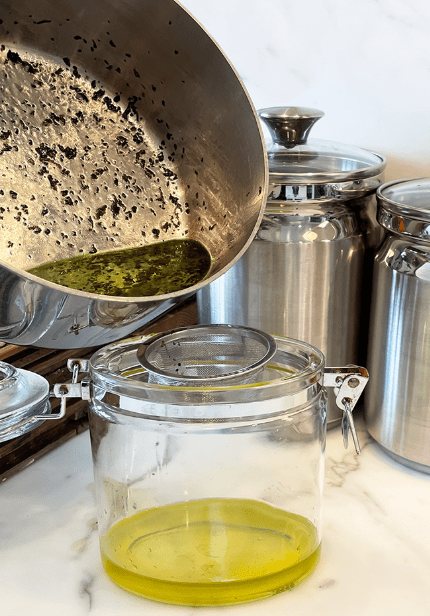
Dosing
Before you get your Martha Stewart on, let’s discuss what kind of dosing you should shoot for. Edibles most often come in serving sizes of 5mg or 10mg. But you can adjust your recipe to get the dosage just right for you. If you like to microdose or prefer a more mild effect, it’s easy to tone down the THC. Just use however much infused butter or oil our calculator tells you to and fill out the required amount for the recipe with the regular, non-infused type. Remember—if you’re new to edibles, start with a low dose (2-5mg) and slowly increase until you’re more familiar with your tolerance.
Our Interactive Edibles Calculator
Now that your ingredients are prepped, let’s get started. We wanted to make this edibles calculator as easy to use as possible. Homemade cannabis butter requires different math than when you’re using store-bought oil. So, we made 2 distinct calculators–1 for homemade cannabis butter, and 1 for store-bought cannabis oil. Let’s start with cannabis butter.
How to Use the Edibles Calculator for Cannabis Butter
In the first box of the calculator above, enter the amount of milligrams of THC you want in each serving. For example, if you’re making brownies and you want each brownie to have 10mg, you’ll plug in 10. Next, you’ll enter the total number of servings you’re making. In the next 2 boxes, you’ll enter the weight of the flower you used to infuse your butter in ounces and the percentage of THC in that flower, respectively. Finally, enter the amount of butter you infused in cups or grams. Depending on your preference, you can choose to calculate the amount of cannabis butter needed for your recipe in teaspoons.
Can I Use the Same Edibles Calculator for Homemade or Store-Bought Cannabis Oil?
Unfortunately, you can’t. The math for each of these is different. Why is it different even if both are homemade? Not to get too complicated, but butter and oil have different mass densities. So, you have to figure that into your calculations. But don’t worry, our calculators for these ingredients are coming very soon!
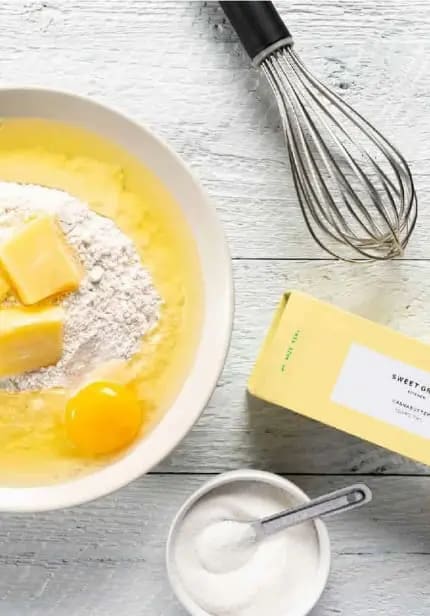
Using the Edibles Calculator for Our Favorite Recipes
We love all the creative ways you can incorporate cannabis into your cooking and baking. Experimenting with the edibles calculator can be fun. But, if you’re looking for some tried and true recipes, we’re happy to share some of ours. If you’re craving a sweet treat, our molten chocolate cannabis brownies and homemade gummies are guaranteed to make your mouth water. Or, if you want to elevate your next dinner party, check out some of our favorite infused Latin recipes, like infused beef empanadas and infused blue crab coconut fried rice. And we promise, you don’t have to wait for the holidays to try these infused thanksgiving recipes, holiday rice pudding, or Christmas cookies.
Peanut Butter Cookies
- ½ cup unsalted cannabutter
- ½ cup crunchy peanut butter
- ½ cup packed brown sugar
- ½ cup white sugar
- 1 large egg
- 1 ¼ cups all-purpose flour
- ¾ teaspoon baking soda
- ½ teaspoon baking powder
- ¼ teaspoon salt
Makes 24 cookies
Peanut Butter Cookie Instructions
In a large bowl, thoroughly mix cannabutter, peanut butter, brown sugar, and white sugar with an electric mixer. Once smooth, beat in the egg. In a separate bowl, whisk together flour, baking soda, baking powder, and salt. Stir the dry ingredients into the butter mixture until the dough is combined. Chill in the refrigerator for 1 hour.
Preheat the oven to 375°. Roll the dough into 1” balls and place on an ungreased baking sheet. Flatten the balls with a fork, making a crosshatched pattern. Bake for 7-10 minutes, or until the edges are golden brown. Let cook on a wire rack before eating.
